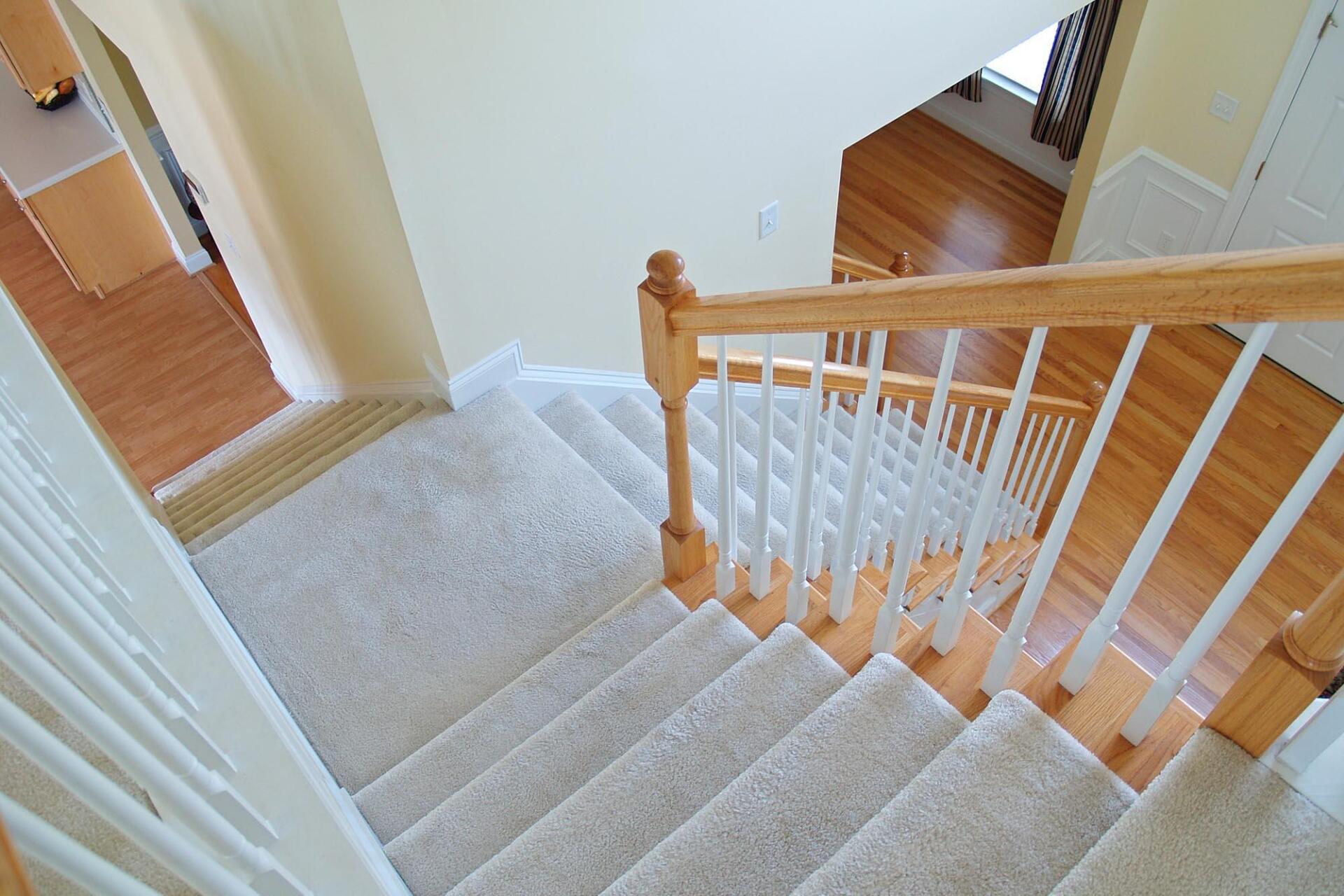How Often Should Carpeting Be Replaced? Cincy Preferred Flooring’s Expert Guide
Carpet is a go-to flooring choice for both homes and businesses because it adds warmth, comfort, and style. But no carpet lasts forever. Over time, wear and tear take their toll, and at some point, replacement becomes necessary. One of the most common questions we hear is, "How often should carpeting be replaced?" The answer isn’t the same for everyone—it depends on factors like carpet quality, the amount of foot traffic it sees, how well it's maintained, and the surrounding environment.
In this guide, the experts at Cincy Preferred Flooring will explain the key signs that it’s time to replace your carpet, practical tips to help extend its lifespan, and the benefits of upgrading to fresh, new carpeting to improve both comfort and style in your space.
Understanding Carpet Lifespan
The lifespan of carpeting varies based on the type of carpet, its usage, and how well it’s maintained. Here are some general guidelines for different carpet types:
- Low-Quality Carpet: 3-5 years
- Medium-Grade Carpet: 5-10 years
- High-Quality Carpet: 10-20 years
- Commercial Carpet: 5-15 years (depending on foot traffic and material durability)
Even the most durable carpets will eventually show wear and tear. Recognizing the signs of aging and knowing when to replace your carpet can prevent issues like allergies, odors, and a worn-out appearance.
Signs It’s Time to Replace Your Carpet
If you’re unsure whether your carpet needs replacing, look for these telltale signs:
1. Visible Wear and Tear
High-traffic areas like hallways, stairs, and living rooms often show signs of deterioration first. If you notice fraying, thinning, or bald spots, your carpet may have reached the end of its lifespan.
2. Stubborn Stains That Won’t Come Out
Over time, spills, pet accidents, and foot traffic can leave stains that are difficult or impossible to remove. Even professional cleaning may not fully restore a carpet that has absorbed years of spills and dirt.
3. Lingering Odors
Old carpets tend to trap odors from pets, spills, and smoke. If deep cleaning no longer eliminates unpleasant smells, it may be time for a replacement.
4. Increased Allergy Symptoms
Carpets can hold allergens like dust, pet dander, mold, and pollen. If you or your family members experience increased allergies or respiratory issues, an old carpet may be the culprit.
5. Matting and Loss of Cushioning
A carpet should feel soft and cushioned underfoot. If it has become flat, stiff, or matted down—especially in high-traffic areas—it may no longer provide the comfort and support you need.
6. Outdated or Worn-Out Appearance
If your carpet looks outdated, faded, or no longer matches your home’s decor, replacing it can refresh your space and add value to your property.
How to Extend the Life of Your Carpet
Regular maintenance can significantly extend the life of your carpet, delaying the need for replacement. Cincy Preferred Flooring recommends the following best practices:
- Vacuum Regularly: At least twice a week in high-traffic areas and weekly in low-traffic areas.
- Use Area Rugs and Runners: These help protect carpeted areas that experience the most foot traffic.
- Schedule Professional Cleanings: A deep clean every 12-18 months removes embedded dirt and allergens.
- Implement a No-Shoes Policy: This prevents dirt and debris from being tracked onto carpets.
- Address Spills Immediately: Blot (don’t rub) spills as soon as they occur to prevent stains from setting.
Benefits of Replacing Old Carpeting
Upgrading to new carpeting offers a range of benefits beyond just a fresh appearance. Here are a few reasons why replacing your carpet is a smart investment:
1. Improved Indoor Air Quality: New carpets trap fewer allergens and pollutants, leading to a healthier living environment.
2. Enhanced Comfort and Aesthetic Appeal: A plush, clean carpet adds warmth and style to any space, making it more inviting.
3. Increased Home Value: If you’re planning to sell your home, new carpeting can boost its appeal and resale value.
4. Better Insulation and Energy Efficiency: The carpet provides natural insulation, helping to regulate indoor temperatures and reduce energy costs.
Choosing the Right Replacement Carpet
When selecting a new carpet, consider factors such as durability, material, and budget. Here are some popular carpet types and their benefits:
- Nylon: Durable and stain-resistant, ideal for high-traffic areas.
- Polyester: Soft and budget-friendly, with excellent stain resistance.
- Wool: Natural and luxurious, though higher in price.
- Triexta: A newer fiber with built-in stain resistance and durability.
If you need help selecting the perfect carpet for your home or business, Cincy Preferred Flooring offers a wide range of high-quality options to fit your needs and style preferences.
Trust Cincy Preferred Flooring for Your Carpet Replacement
If you’re wondering, “How often should carpeting be replaced?” and you’re noticing signs of wear in your current flooring, it may be time for an upgrade. At Cincy Preferred Flooring, we specialize in helping homeowners and businesses in Cincinnati and the surrounding areas find the perfect carpet solutions.
Our team of experts will guide you through the selection process, ensuring you get the best carpet for your lifestyle and budget. Contact us today for a consultation, or visit our showroom to explore our wide selection of high-quality carpeting.
Ready for a Carpet Upgrade? Contact Us Today!
Don’t let old, worn-out carpeting diminish your home’s beauty and comfort. Contact us today for expert advice and professional carpet installation services in Cincinnati, OH.
Give us a call to schedule your free consultation!



